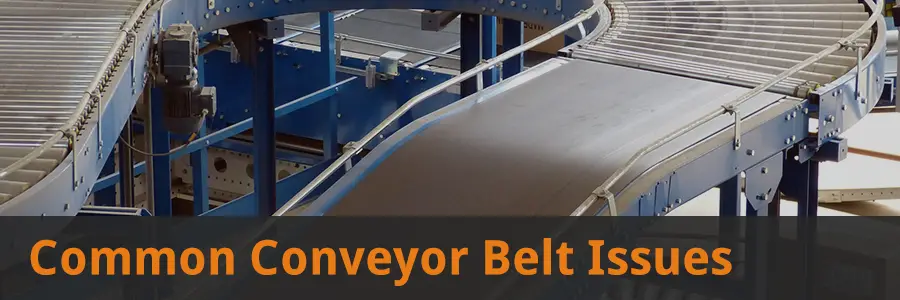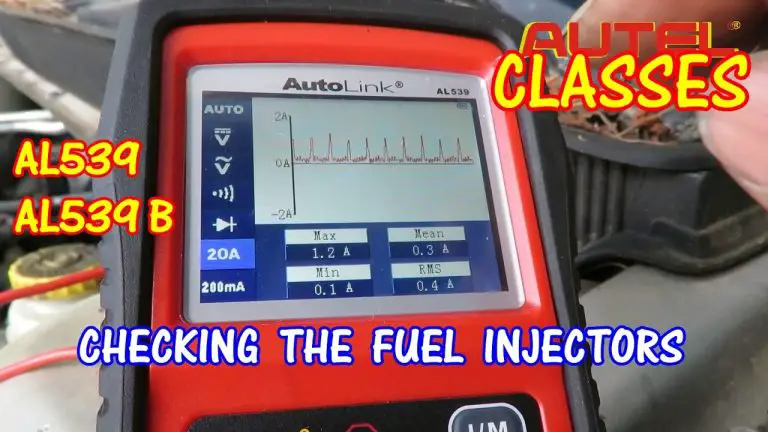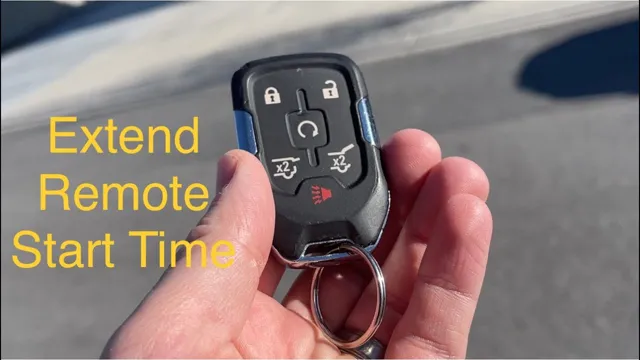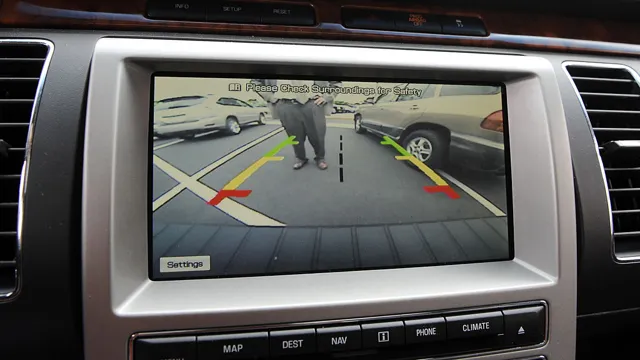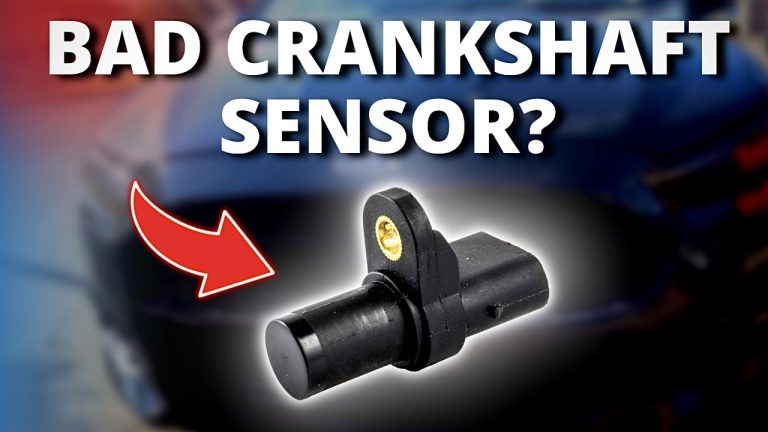How to Stop a Serpentine Belt from Slipping: Effective Tips for Maintenance
Serpentine belts are crucial components in a vehicle’s engine, responsible for powering essential systems such as the alternator, power steering pump, water pump, and air conditioning compressor. However, over time, these belts can begin to slip, leading to issues such as decreased performance and potential damage to the engine. In this guide, we’ll explore the causes of serpentine belt slipping and discuss effective methods to prevent it.
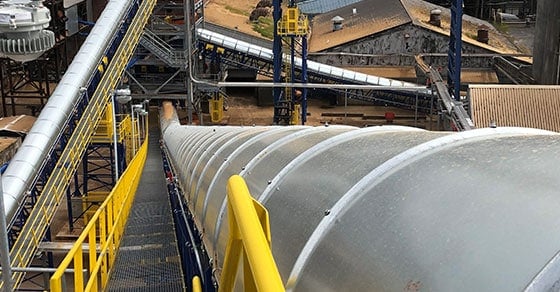
Credit: feeco.com
Causes of Serpentine Belt Slipping
Before addressing the solutions to prevent serpentine belt slipping, it’s important to understand the common causes behind this issue:
- Worn or Aging Belt: Over time, the rubber material of the serpentine belt can deteriorate, causing it to lose its grip on the pulleys.
- Improper Tension: If the belt is either too loose or too tight, it can lead to slipping. Proper tension ensures that the belt maintains adequate contact with the pulleys.
- Oil or Fluid Contamination: Oil or other fluids leaking onto the belt can reduce its friction and cause slippage.
- Worn Pulleys: Worn or damaged pulleys can fail to provide sufficient grip for the belt, resulting in slippage.
Preventing Serpentine Belt Slipping
Now that we understand the causes of serpentine belt slipping, let’s explore preventive measures to stop it from occurring:
Regular Inspection And Replacement
Regularly inspect the condition of the serpentine belt for signs of wear and replace it as recommended by the vehicle manufacturer. A new, high-quality belt will ensure optimal performance and reduce the risk of slipping.
Proper Tensioning
Ensure that the serpentine belt is correctly tensioned according to the manufacturer’s specifications. Use a tensioner tool to adjust the tension as needed, as an overly tight or loose belt can cause slipping.
Pulley Maintenance
Inspect the pulleys for wear or damage and replace any that show signs of wear. Smooth and clean pulleys help the belt maintain proper traction, reducing the likelihood of slippage.
Fluid Leak Detection And Repair
Regularly check for any fluid leaks in the engine compartment and repair them promptly to prevent oil or other fluids from contaminating the serpentine belt.
Professional Inspection
If you’re unable to diagnose or resolve the issue of serpentine belt slipping, seek the expertise of a professional mechanic who can identify and address the underlying problems effectively.
Frequently Asked Questions For How To Stop A Serpentine Belt From Slipping: Effective Tips For Maintenance
How Can I Tell If My Serpentine Belt Is Slipping?
Inspect your belt for cracks, fraying, or shiny spots.
What Causes A Serpentine Belt To Slip?
Belt misalignment, worn out tensioner or pulleys, or oil contamination.
Can I Stop A Serpentine Belt From Slipping Myself?
You can adjust tension, replace worn parts, and keep maintenance up.
What Are The Signs Of A Slipping Serpentine Belt?
Squealing, screeching, or chirping noises are typical symptoms.
Conclusion
Stopping a serpentine belt from slipping is essential for maintaining the proper functioning of a vehicle’s engine and its associated systems. By understanding the causes of belt slipping and implementing preventive measures such as regular inspection, proper tensioning, pulley maintenance, fluid leak detection, and seeking professional assistance when needed, drivers can effectively prevent serpentine belt slipping and ensure the longevity of their vehicle’s engine.

